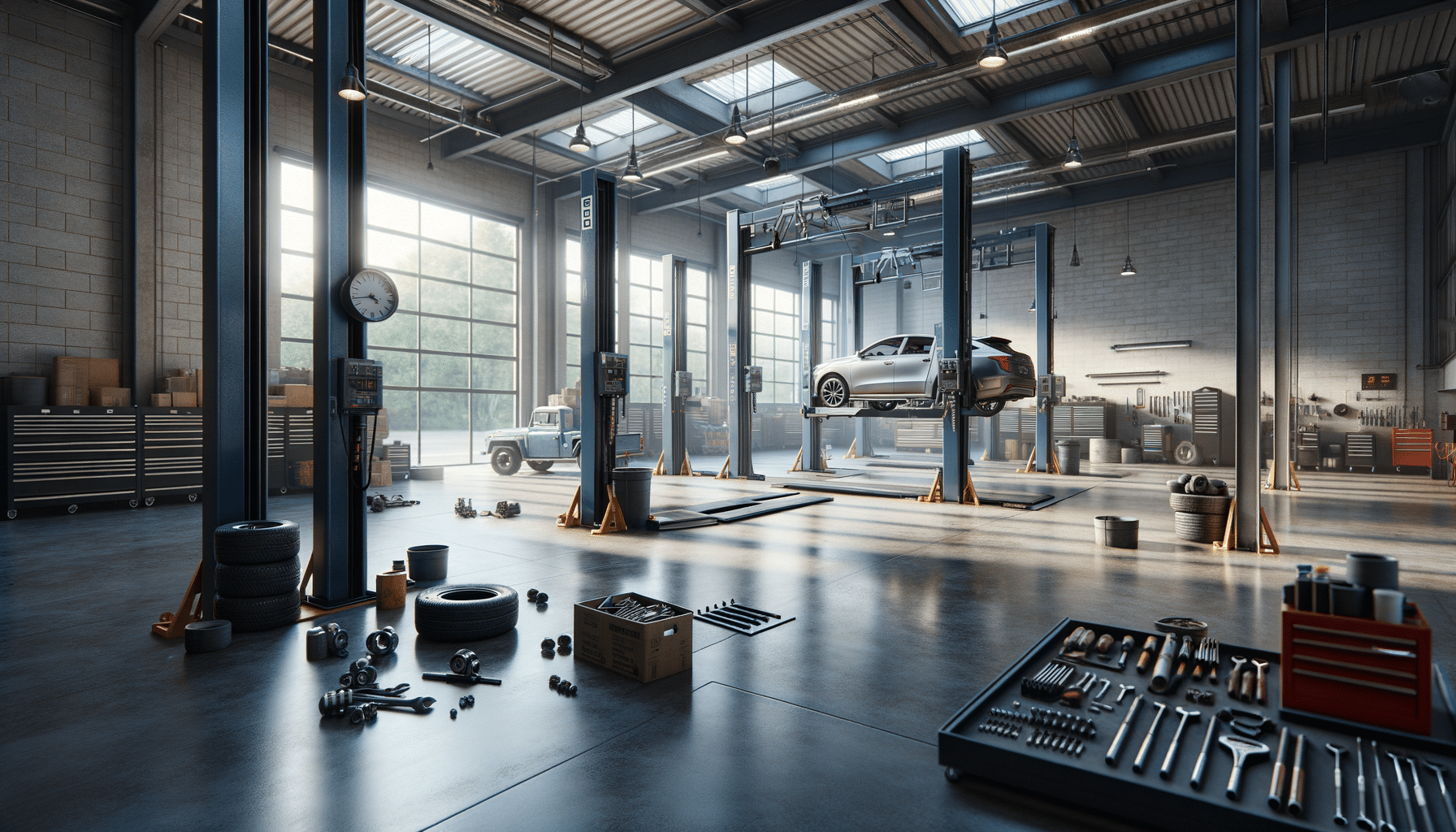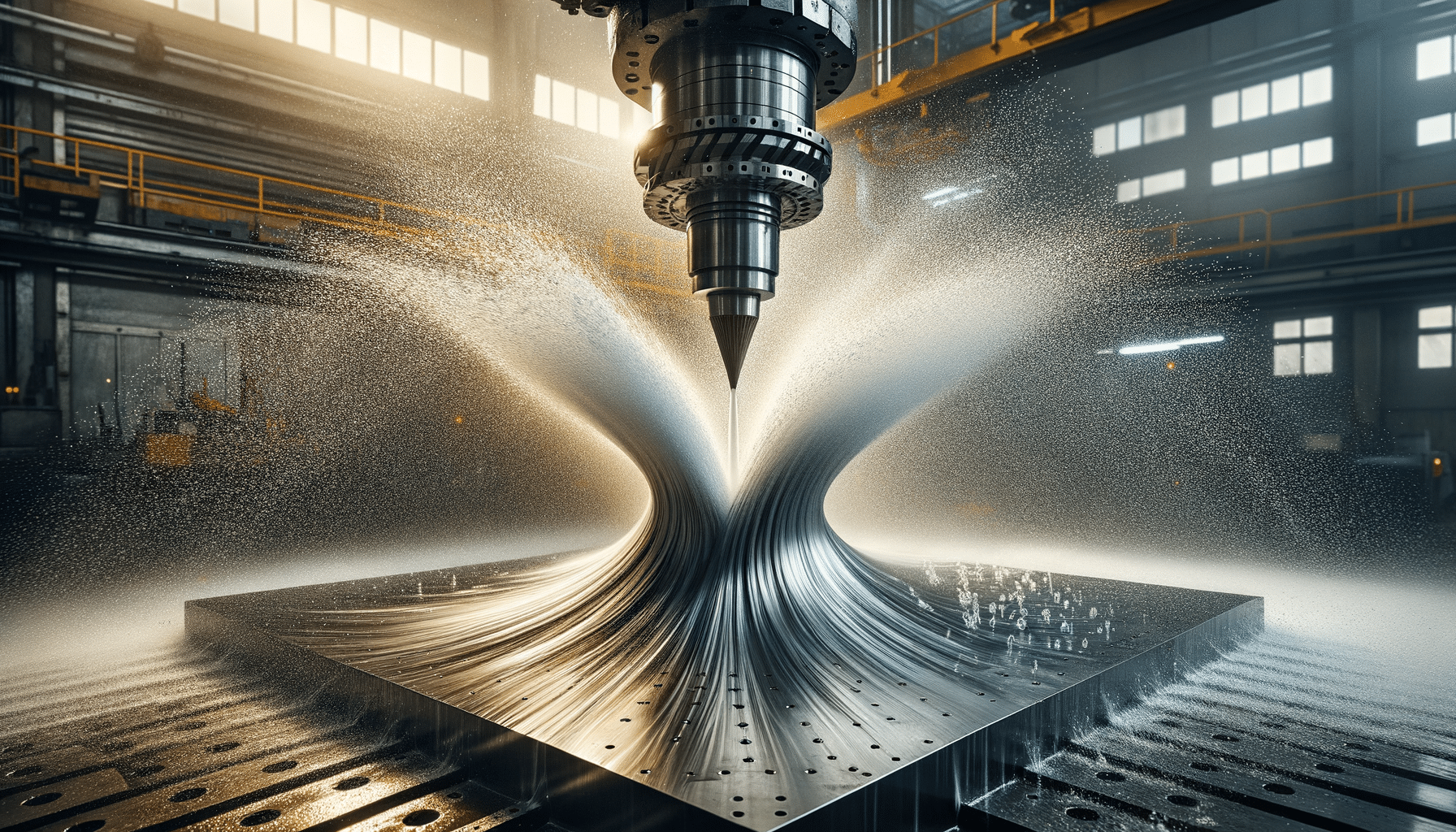
Learn more about car lifts
Introduction to Car Lifts
Car lifts are essential tools for garages, auto repair shops, and even private workshops. They provide a safe and efficient way to access the underside of a vehicle, making tasks like oil changes, brake work, and inspections much easier. As vehicles become more complex, the need for reliable and versatile lifting solutions grows, making car lifts a crucial investment for both professional and hobbyist mechanics.
Types of Car Lifts
There are several types of car lifts available on the market, each designed to meet specific needs and preferences. Some of the most common types include:
- Two-post lifts: These are popular in professional auto shops due to their efficiency and space-saving design. They consist of two metal posts with adjustable arms that lift the vehicle from its frame.
- Four-post lifts: Known for their stability, four-post lifts are ideal for long-term storage and heavy vehicles. They support the vehicle by its tires and are often used for alignment work.
- Scissor lifts: Compact and versatile, scissor lifts are suitable for garages with limited space. They lift the vehicle by its frame or undercarriage, using a set of crisscrossing metal supports.
- Portable lifts: These are convenient for mobile mechanics or home garages, offering flexibility and ease of use. They can be transported and set up quickly, making them a practical choice for on-the-go repairs.
Each type of lift has its own advantages and considerations, so it’s important to choose one that best fits your specific needs and workspace.
Key Features to Consider
When selecting a car lift, there are several important features to consider to ensure it meets your requirements:
- Load capacity: Ensure the lift can handle the weight of your heaviest vehicle. Overloading a lift can lead to safety hazards and equipment damage.
- Lift height: Consider the maximum lift height to ensure it provides adequate clearance for your tasks, particularly if you plan to work on larger vehicles like trucks or SUVs.
- Safety features: Look for features such as automatic safety locks, anti-sway systems, and emergency lowering capabilities to enhance safety during operations.
- Power requirements: Verify that your garage or shop has the necessary electrical setup to power the lift, whether it requires a standard outlet or a dedicated circuit.
By carefully evaluating these features, you can select a car lift that not only enhances your productivity but also ensures a safe working environment.
Installation and Maintenance
Proper installation and maintenance are vital for the safe and effective use of car lifts. Installation should be carried out by professionals or according to the manufacturer’s guidelines to ensure stability and compliance with safety standards. Regular maintenance checks, such as inspecting hydraulic systems, lubricating moving parts, and checking safety mechanisms, are essential to keep the lift in optimal condition.
Additionally, operators should be trained in correct usage techniques to prevent accidents and equipment damage. Following a routine maintenance schedule can prolong the life of the lift and ensure it remains reliable for years to come.
Conclusion: Investing in a Car Lift
Investing in a car lift can significantly enhance the efficiency and safety of automotive work, whether in a professional shop or a home garage. By understanding the different types of lifts, evaluating key features, and committing to proper installation and maintenance, you can make an informed decision that meets your needs and supports your automotive endeavors.
With the right car lift, you can tackle a wide range of tasks with confidence and precision, ultimately improving the overall quality of your vehicle maintenance and repair work.


